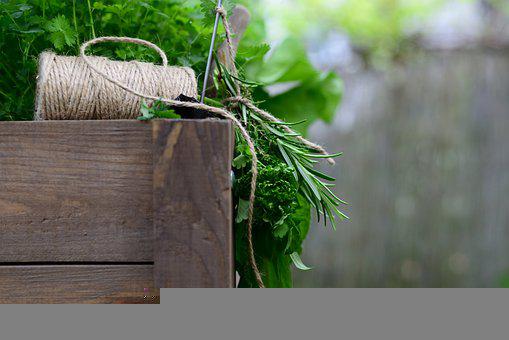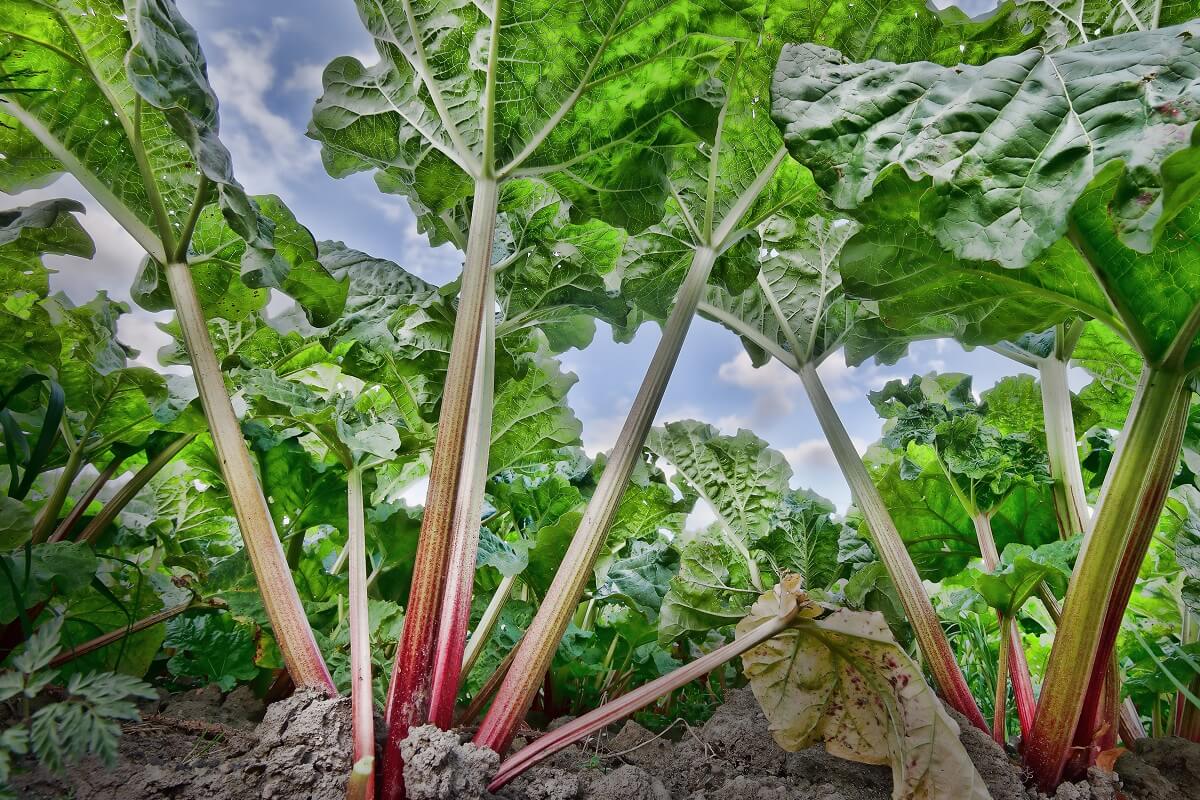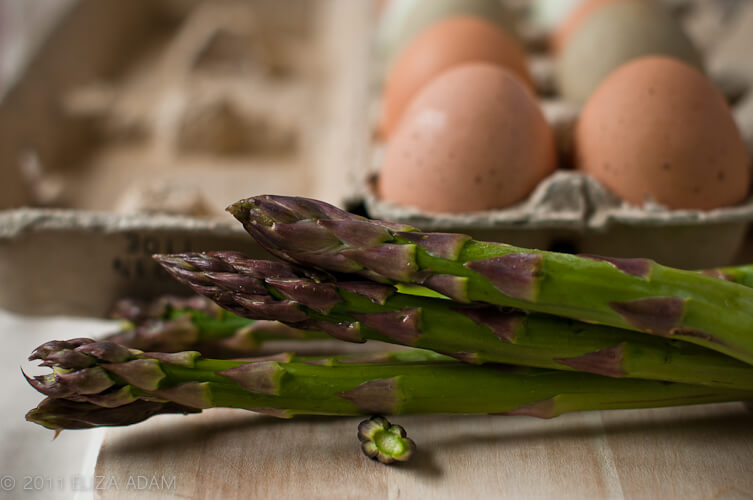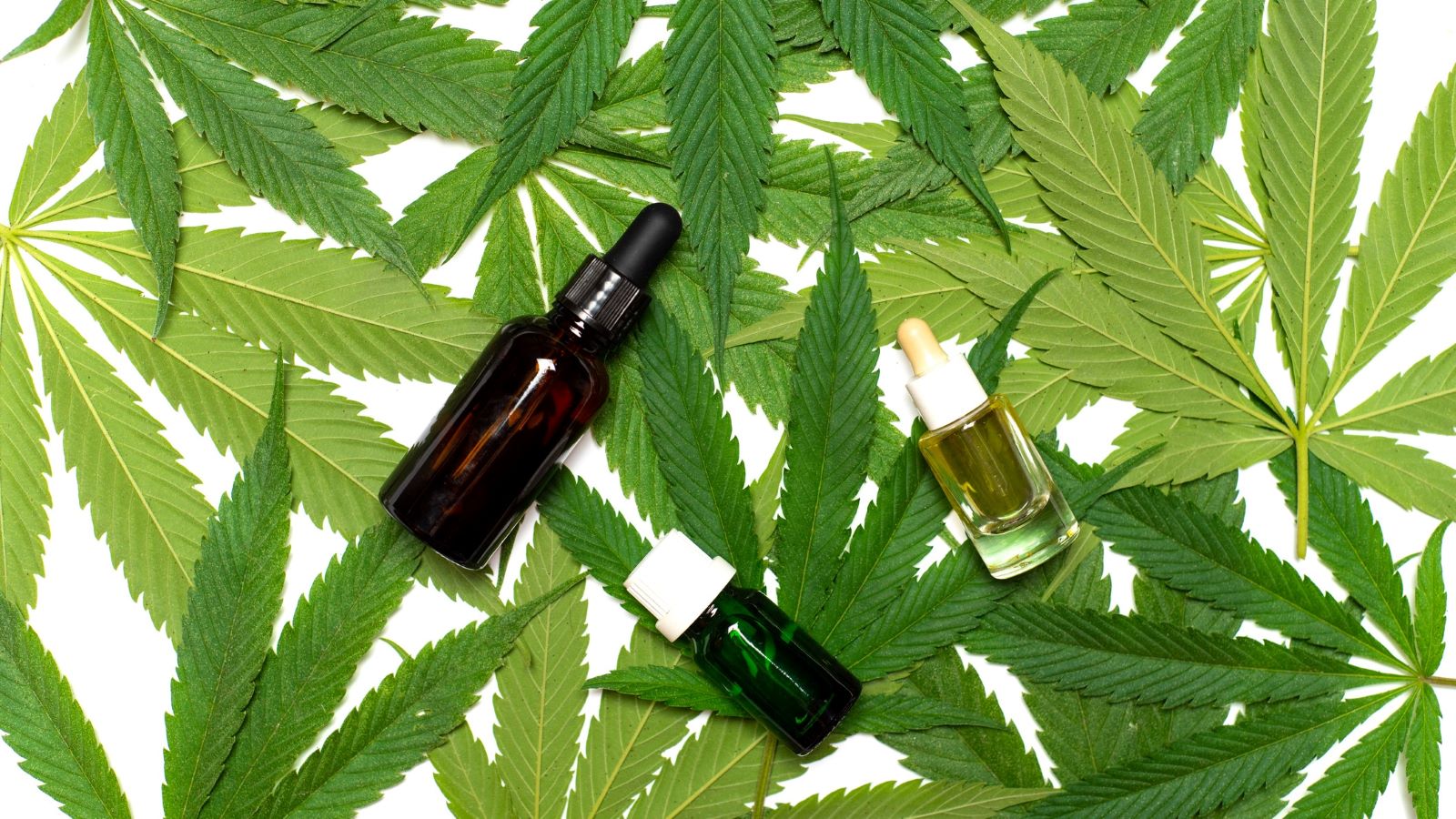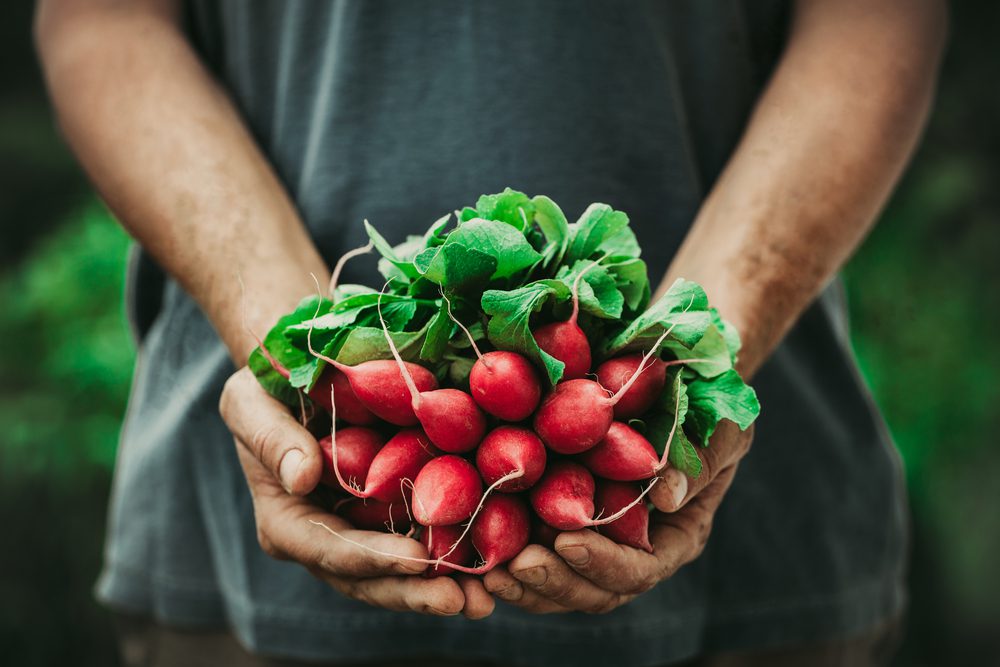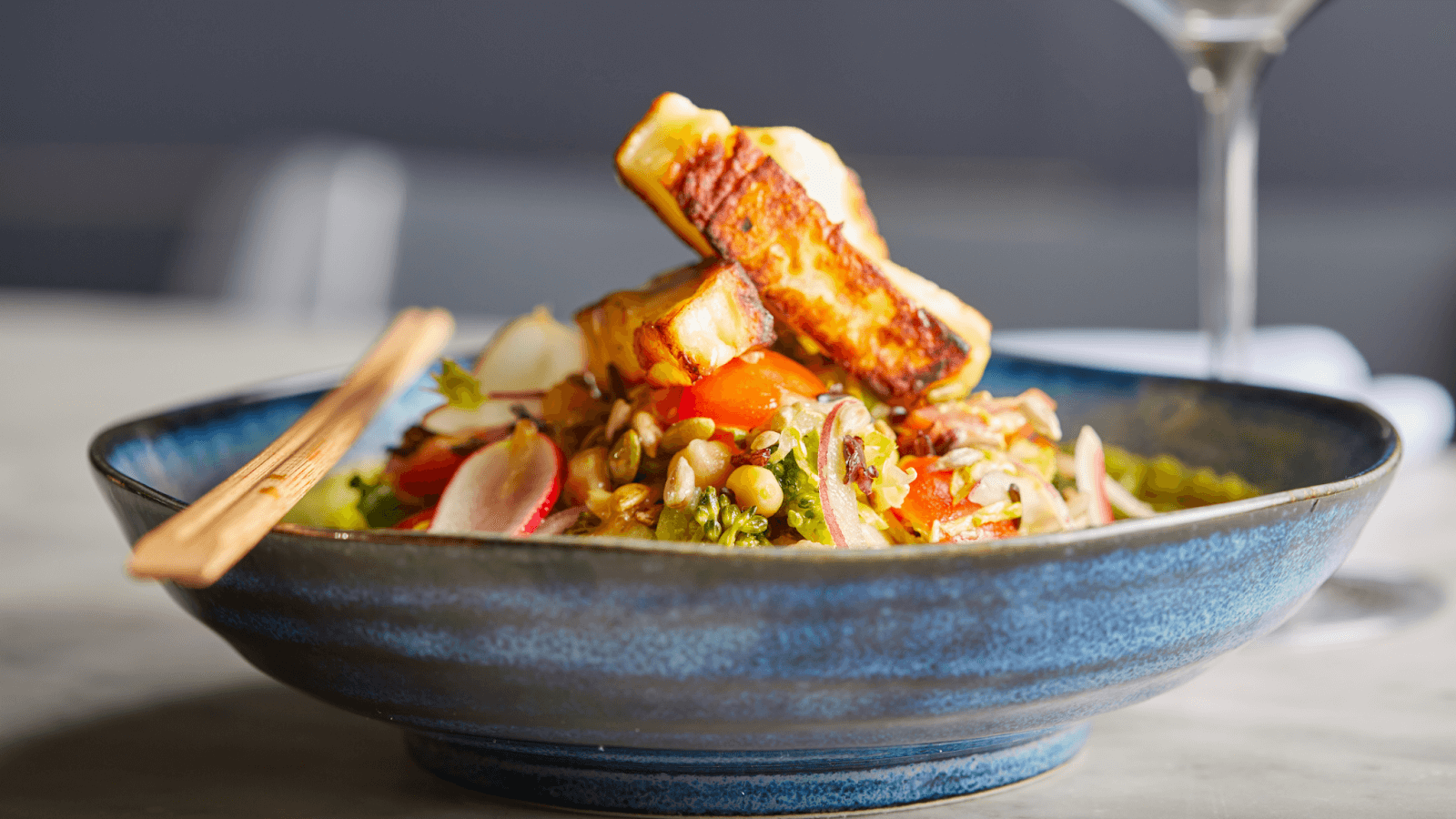Culinary herbs are edible plants that feature an incredible aroma and add flavor to foods and beverages. You’ll often find these herbs in grocery stores and farmers markets.
These herbs allow you to experiment with different flavors and explore awesome recipe tweaks that completely uplevel your dishes. But, of course, the best part is you can add herbs to various soups, sauces, salads, and baked goods.
It can be challenging to decide which herbs are right for you and how you should use them. The markets feature a lot of culinary herbs that may get confusing.
With the correct information, you can easily determine which herbs to use for specific dishes and how you’ll incorporate them. We’ll look into different culinary herbs and cover the best practices for using them. Keep reading to learn more.
Difference Between Herbs and Spices
Most people confuse herbs with spices for a good reason. They all add aroma and flavor to foods and beverages. However, they are not the same since they come in different forms (and from different plant parts).
Herbs come from the green leafy part of the plant while spices can come from seeds, roots, stems, and fruit. Food technology has evolved the processing of spices to make them easier to use in your kitchen.
In most cases, you’ll find that herbs do not go through any processing, while spices need to be ground and processed to enhance flavors and their use.
Fresh Herbs vs. Dried Herbs
Fresh and dried herbs are both used in the cooking process, and they work to provide incredible flavors to the plate. The two options come in handy in varied circumstances.
Fresh herbs and herb plants are more popular since most people use them when preparing meals. You should use the herbs while still fresh to take full advantage of their flavors.
It is best to add fresh herbs at the end of your cooking to ensure that they do not overcook. If you let them cook for too long, they will lose their flavor and won’t enhance your meals.
On the other hand, dried herbs feature incredible flavors that take longer to access when cooking. Therefore, dried herbs are added in the beginning when cooking to give the flavors time to release.
The best thing about dried herbs is that you can store them for more than six months if you provide the right environment. Place them in an airtight container, keep them away from light, and ensure they are at room temperature.
When it comes to the portions required when adding either dried or fresh herbs to your meals, you’ll need to be more mindful. The amount of fresh herbs should be more than that of dried herbs.
How to Keep Your Herbs Fresh
If you choose to buy fresh herbs for meals throughout the week, you’ll want to ensure that they stay fresh. To help preserve them, wash the herbs thoroughly to remove dirt and other unwanted particles.
Once that is done, get a damp cloth, wrap it around the herb stems, store in a plastic bag and place it in your refrigerator. Alternatively, get a jar filled with water and put your herbs in it to keep them fresh for a few days.
8 Culinary Herbs and How to Use Them
Culinary herbs feature various flavors. Paying attention to their flavors will help you ensure that you are pairing the right herbs with your meals. Here are some of the leading culinary herbs to consider adding to your recipe.
Mint
Mint is an incredibly cooling herb that most people rely on when preparing meals and beverages. It is a perennial plant that features menthol (known for its cooling effect). It has a sweet, subtle taste.
With its bright green leaves, mint comes is popular when preparing mint teas, savory dishes, and cool summer refreshments. Additionally, you can use mint to garnish fruit salads or desserts.
Plan on planting mint in the spring, typically after the last frost of winter. They thrive under direct or partial sunlight.
While dried mint can be an excellent option for preparing tea, the best option to consider is investing in fresh. You can comfortably grow mint in your kitchen vegetable garden if you like.
Oregano
Oregano is a perennial herb that comes in two types: Mexican oregano and Mediterranean oregano. They feature different flavors. The Mexican oregano is more citrusy and spicier, while the Mediterranean is sweet and peppery.
It may be hard to find fresh oregano in the market, which would leave you with the option of using dried. Dried oregano will do a great job but remember it will have more flavor, which means you’ll need to reduce the quantity you’ll use.
If you are planting your own oregano, shoot for growing this herb in the spring. Similar to mint, try planting them after any chance of frost has passed. Most types of oregano thrive under direct sunlight.
Oregano is an excellent herb for preparing spicy sauces, pizza seasonings, Mexican cuisines, and chili recipes.
Cilantro
Cilantro is the herb most people refer to as coriander and is often mistaken for parsley. This annual herb features bright green fragile leaves that add a citrusy flavor to dishes. However, some people describe the flavor of cilantro as a bit soapy, which means this is an herb that you’ll either like or despise.
Plan on planting cilantro during the cooler times of the year, whether fall or winter. Like oregano, cilantro grows best under direct sunlight.
Cilantro is an excellent source of vitamin A making it a great herb to add to your dishes. It requires you to use it in its fresh form, and add it to dishes at the end of cooking to help the flavors release with the steam.
You can use cilantro in many soups, Mexican cuisines, salsa, guacamole, and chutneys.
Parsley
Parsley is an herb that complements and brings out other flavors in a dish. It is handy as a garnish, and adds a fresh and slightly peppery taste depending on the specific type.
Parsley is a biennial herb, meaning it grows into a plant through one year, and eventually blooms, sets its seeds, and dies during the second year.
Spring is considered the best growing season for this herb. Full sunlight is recommended for this herb to grow, or partial sunlight if grown in warmer climates.
There are different types of parsley: Japanese parsley, flat-leaf parsley (which features a peppery taste), and curly parsley. You can add them to soups, pasta, egg recipes, and chimichurri sauces.
Thyme
Thyme features small, pale-green leaves with a strong aroma perfect for some dishes. Given its strong flavor, thyme can be added to food early on and hold up well through the cooking process.
Make sure that any chance of frost has passed before planting this herb. Most varieties of thyme will tolerate partial sunlight for growth.
This perennial herb gives off a lemony, minty, and slightly peppery flavor. When adding to dishes, you’ll need to remove the leaves from the stem. You can also include whole thyme in soups and roasted meats, provided you’ll be removing it before serving.
Some dishes that pair well with thyme include soups, pork loins, fatty meats, stews, and flatbreads.
Basil
Basil features a sweet peppery flavor and comes in a few varieties including sweet Thailand basil, holy basil, and lemon basil. The annual herb is available in both its fresh and dried form, but it is best to always rely on fresh basil when preparing your meals.
Basil leaves pack the most flavor, which means you can comfortably remove them from the stem.
As for planting this herb, summertime is the best. They require direct sunlight for growth
Ensure that you add basil at the end of cooking to avoid exposing it to too much heat. If you expose basil leaves to a lot of heat, you risk them browning and losing their flavor completely.
You can add basil to sauces, pesto, sandwiches, chicken curries, and spicier dishes.
Rosemary
Rosemary is added to many dishes to offer an incredible aroma and a fresh, sweet flavor. It features needle-like leaves that pack a lot of flavor. You can remove them from the stem.
Rosemary can be grown as a perennial or an annual herb. Make sure that any chance of frost has passed before planting it. In addition, direct sunlight is preferred when growing this herb.
However, the stem on a rosemary herb also holds flavor and can be added to the dishes and removed before serving. Some excellent options for rosemary include roasted vegetables, roasted meat, flatbreads, roasted potatoes, and shortbread cookies.
Sage
Sage is a perennial herb that features a sweet and savory flavor, and people often use it to prepare beverages like teas — mainly because it features a warm and comforting effect that people want to enjoy.
Plan to plant this herb during the cooler days during fall or spring. Direct sunlight is recommended for growing sage.
You can add it to vegetable dishes, butternut squash, soups, sausages, and sweet and savory bread.

